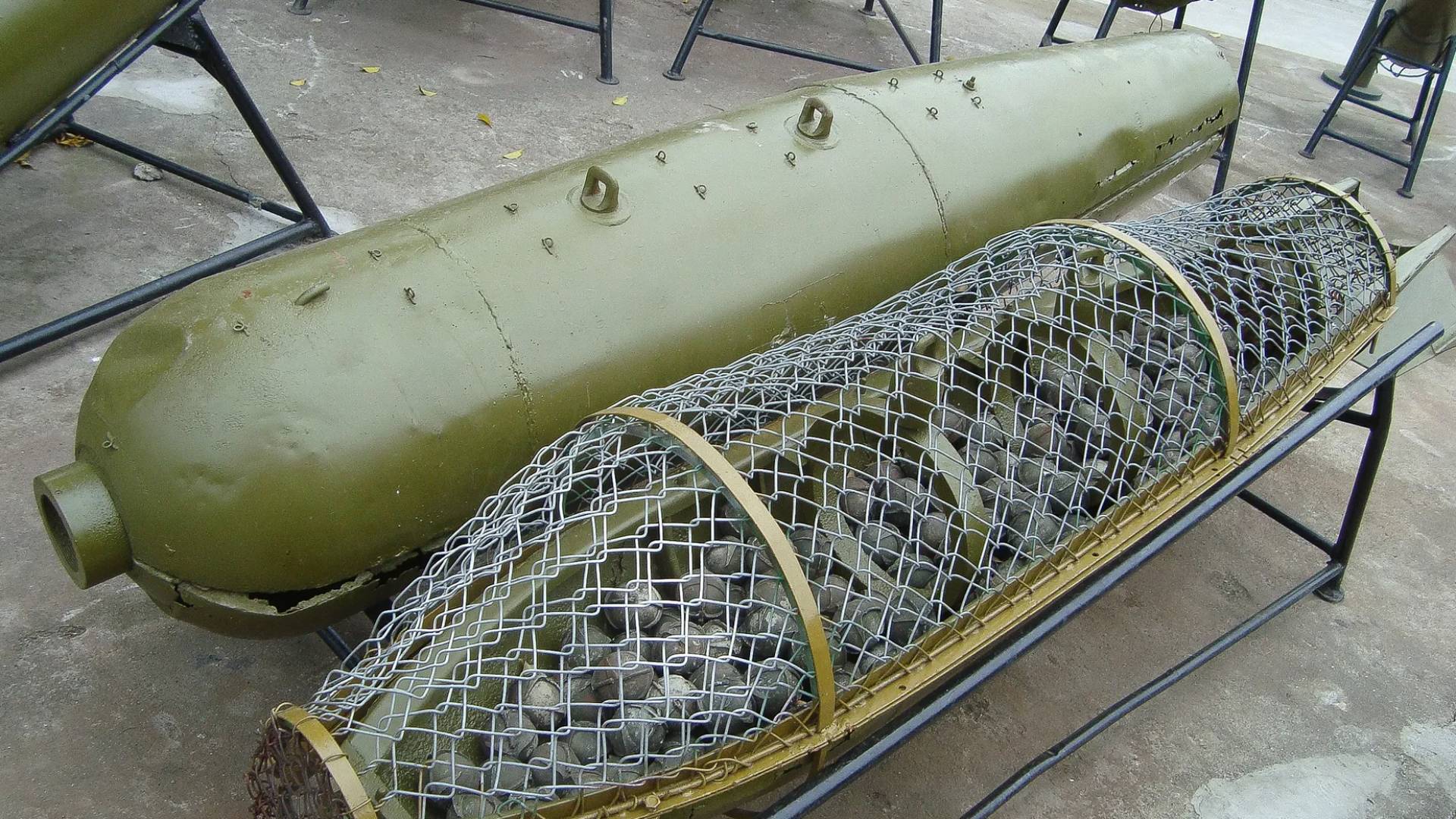Major escalation: Iran uses cluster warheads in attack on 'Israel'
In a major escalation of the ongoing conflict, Iran has used cluster warheads for the first time in a ballistic missile strike deep inside 'Israeli' territory early Thursday, marking a significant shift toward more destructive and indiscriminate weaponry.
The missiles targeted vital areas, with cluster munitions reportedly falling near key civilian and economic sites. Among the most notable were the vicinity of Soroka Hospital in Beersheba, the stock exchange building in Ramat Gan, and several residential neighborhoods in central Tel Aviv. The attack caused widespread damage and widespread panic.
New Weapon Type: “Barani” Cluster Warheads
Preliminary analysis indicates Iran used a "Barani"-type cluster warhead, which detonates mid-air (approximately 7 kilometers above ground) releasing 20 to 30 small submunitions across a broad area, sometimes up to an 8-kilometer radius. This technique is designed to maximize damage across multiple dispersed targets such as airports, military bases, or civilian zones.
Read more: LIVE UPDATES | Iran and “Israel” exchange fire as US weighs direct military intervention
Strategic Objectives:
- Wide-scale destruction: Unlike precision-guided munitions, cluster bombs aim to damage numerous targets within a broad area.
- Overwhelm air defenses: Iran claims these “smart” munitions are harder to detect and intercept due to their size and number, presenting a major challenge to 'Israeli' air defense systems.
Reports also suggest that the submunitions used in Thursday’s attack were unusually light (about 2.5 kilograms each) compared to traditional cluster bomblets, which usually weigh between 25 and 30 kilograms. This may indicate a deliberate strategy to increase their spread and psychological impact.
Why Are Cluster Bombs So Controversial?
Cluster munitions are among the most controversial weapons in modern warfare and are banned under the 2008 Convention on Cluster Munitions, signed by over 100 countries, though notably not by Iran or 'Israel'.
Their danger stems from two main factors:
- Indiscriminate effect: They do not distinguish between military and civilian targets.
- Unexploded ordnance: Many submunitions fail to detonate on impact, effectively becoming landmines that pose deadly threats to civilians for years after conflict ends.
Delivery Systems
Firing such advanced warheads requires technically capable ballistic missile platforms. Iran is believed to have used one or more of its long-range ballistic missiles capable of reaching deep into 'Israeli' territory, potentially including the Qadr, Qiam, Khorramshahr-1, Emad, or Jihad missiles.
The use of cluster munitions marks a dangerous new phase in the 'Iran-Israel' conflict, signaling Tehran’s readiness to escalate further. The is expected to draw widespread international condemnation and intensify calls for an immediate ceasefire to prevent the conflict from spiraling into a full-scale regional war with catastrophic consequences.




